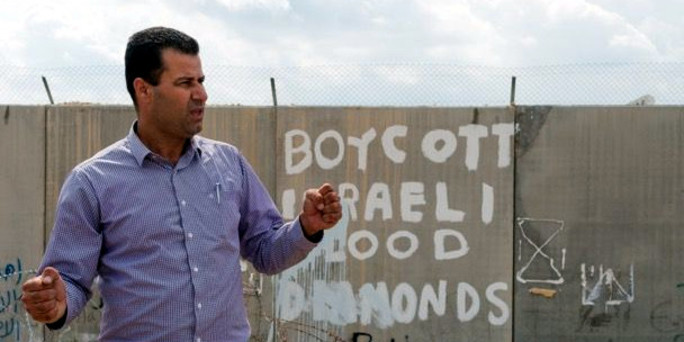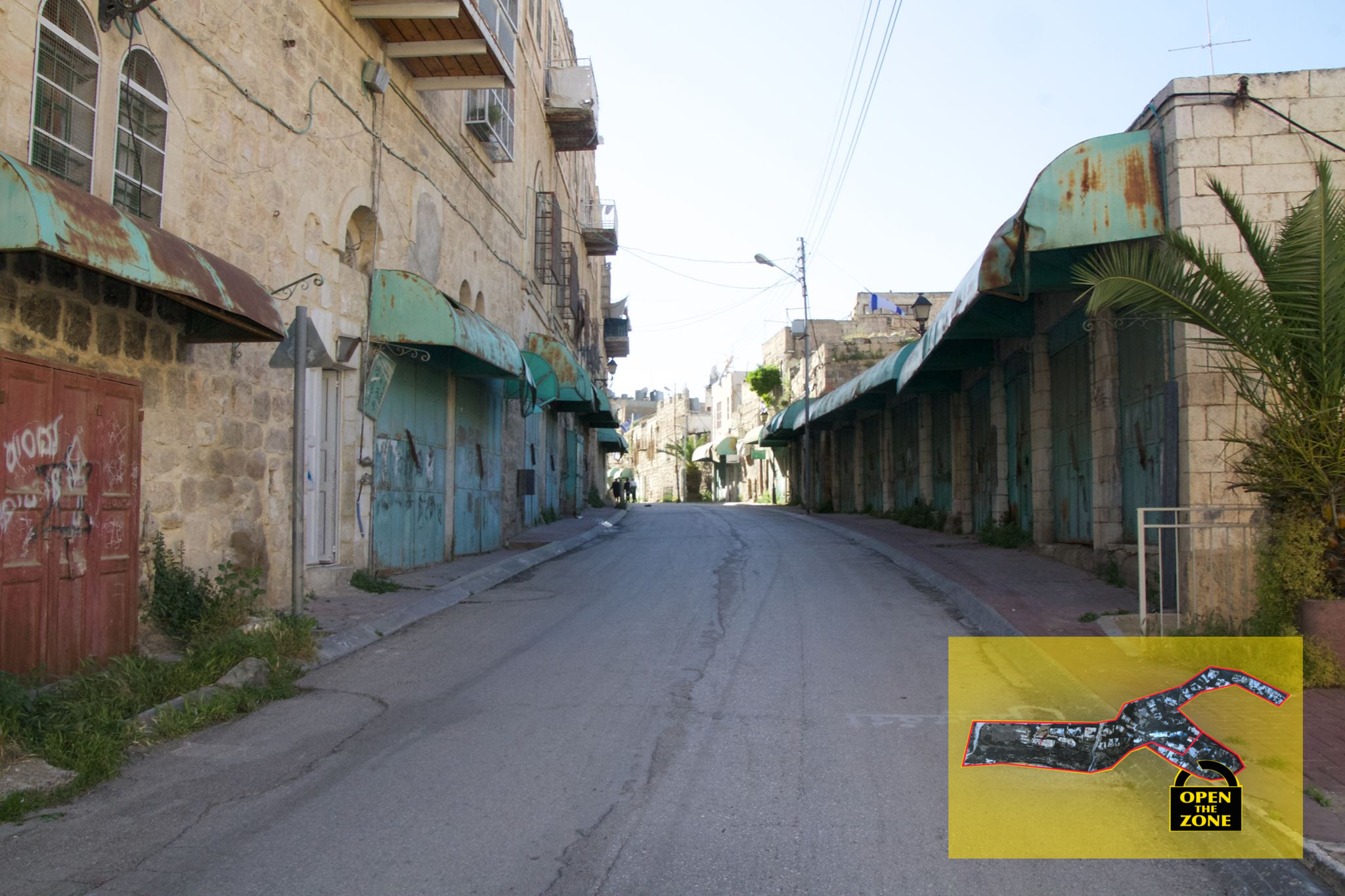Tag: Apartheid Wall
-
Take Action: Interview with mother of youngest Palestinian prisoner’s mother
4th June 2016 | International Solidarity Movement, al-Quds – team | Jerusalem, occupied Palestine According to Shadi, a 12 year old boy from Kufr Akab, which is part of Jerusalem but on the Palestinian side of the wall he, together with a friend of the same age decided to sneak over the separation wall that…
-
Human Rights Defender Abdullah Abu Rahma arrested and detained
15th May 2016 | International Solidarity Movement, al-Khalil Team | Bil’in, occupied Palestine UPDATE 23d of May 2016: Abdullah was released from military prison on the evening of the 22nd. He must return to military court on the first of June for a hearing of the appeal of the military prosecution against the decision to…
-
Al-Nakba day: The biggest crisis in the history of Palestine
15th May 2016 | International Solidarity Movement, al-Khalil team | Occupied Palestine Today, 68 years ago, the state of Israel was created on the Palestinian peoples’ home. The anniversary falls after a winter and spring with an escalation in violence and arrests of Palestinians, ever-expanding Israeli settlements in the West Bank and the Palestinian capital…


